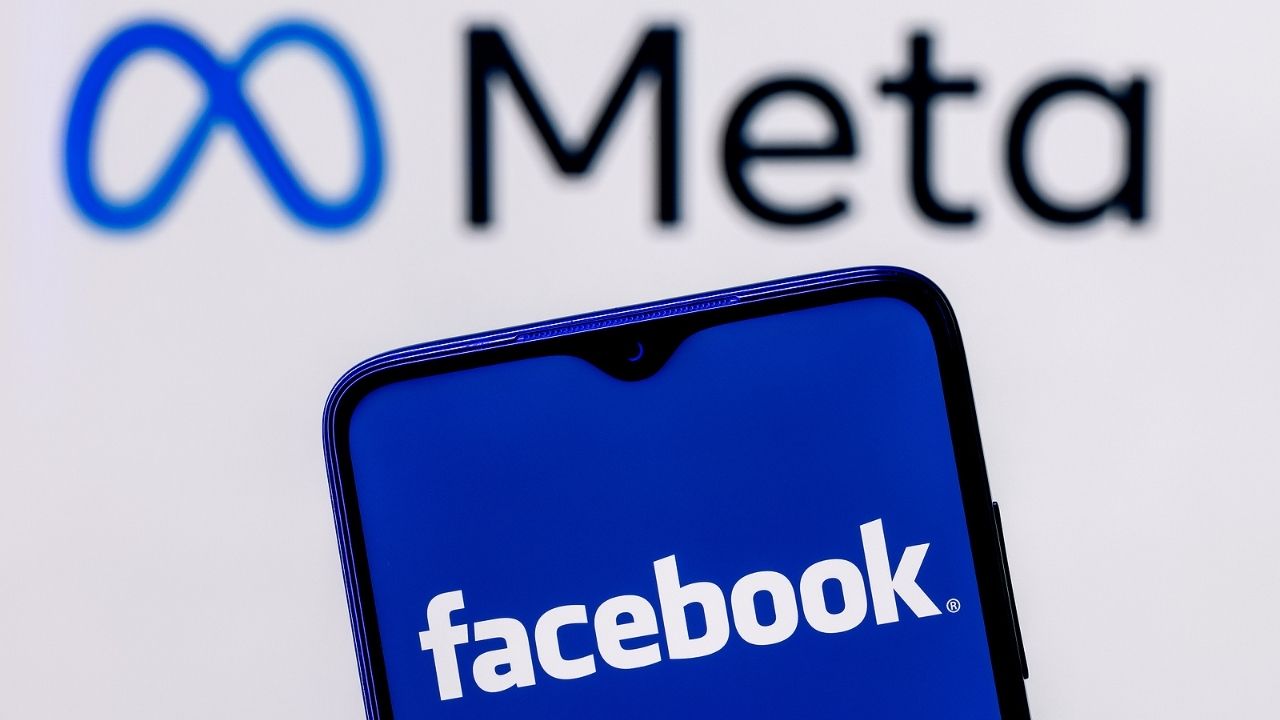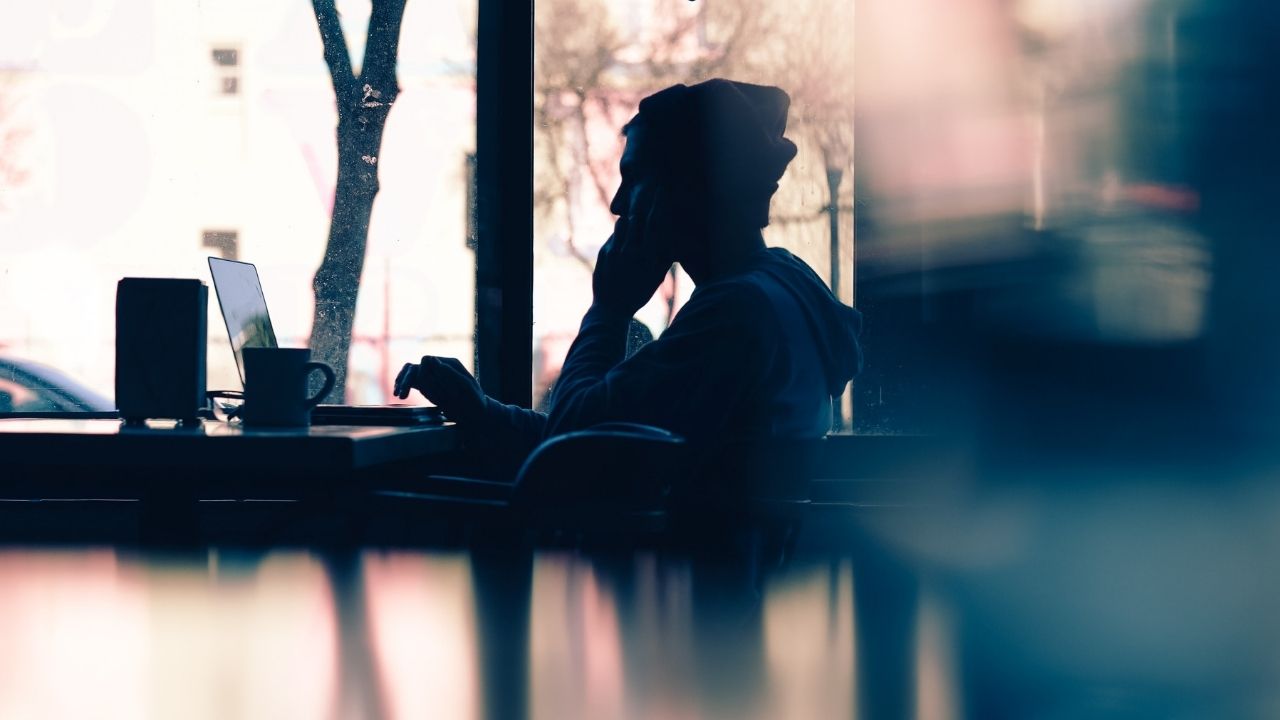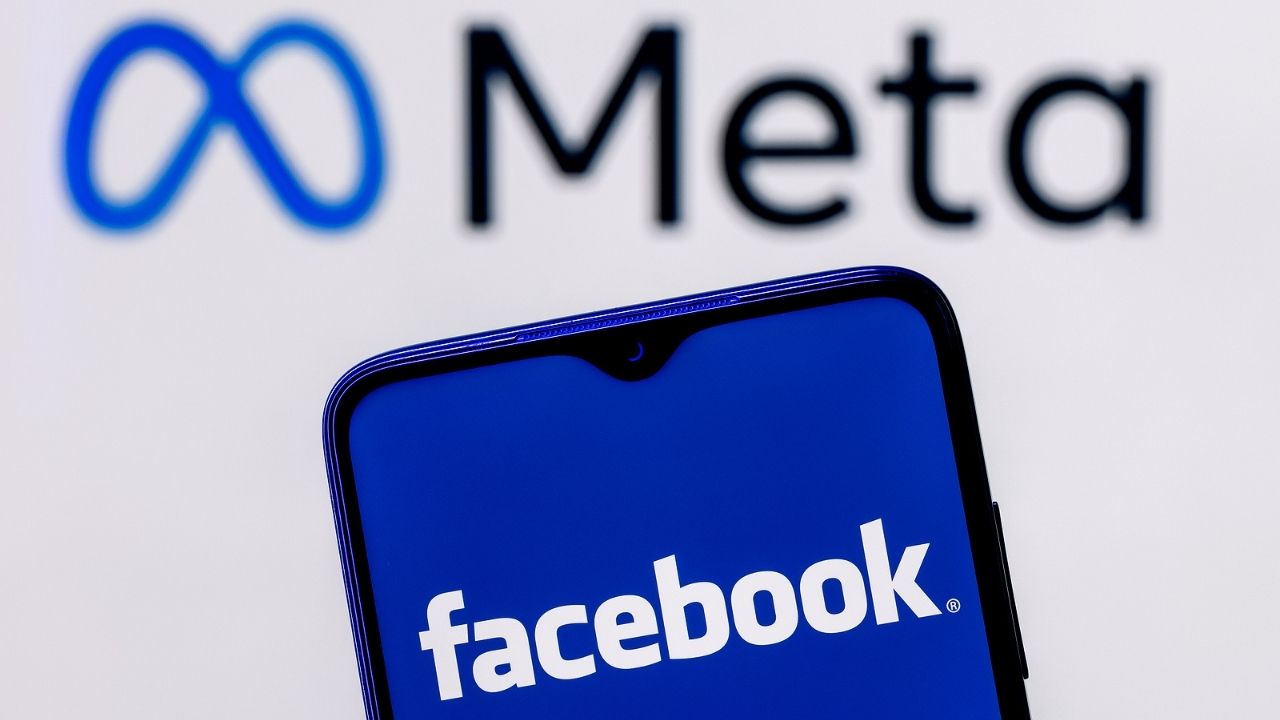As COVID-19 vaccines begin to be distributed worldwide, the return to the office may become more realistic.
“I think the vaccine is a game-changer because it gives light at the end of the tunnel, and workers can talk about returning to the office as if it’s a real thing,” said Bridget Gainer, vice president of global affairs at professional services firm Aon. “Plans can start moving from theoretical to practical.”
But this doesn’t necessarily mean things are going back to normal. Instead, business leaders need to identify which traditions to hold onto, and which changes need to stay for the long term.
For starters, the office will likely continue to use touchless technology, temperature checks, require masks and limit occupancy.
Additionally, companies will likely adopt flexible or remote working arrangements permanently. However, it is more likely that organizations will opt for a hybrid approach, allowing employees to work remotely part of the week and come into the office other days.
Firms may also look into adopting smaller satellite offices outside of major cities and closer to the suburbs to allow employees to come into an office without long commutes.
One of the other long-lasting trends will be the emphasis of mental health in the workplace. The pandemic has magnified mental health issues, such as isolation and depression, due to either issues with remote working or just general anxiety over the state of the world.
More companies are expected to incorporate wellness programs to alleviate these problems and keep employees satisfied. Doing so can help with productivity issues, as well as improve the company’s overall culture.


 Dr. Gleb Tsipursky – The Office Whisperer
Dr. Gleb Tsipursky – The Office Whisperer Nirit Cohen – WorkFutures
Nirit Cohen – WorkFutures Angela Howard – Culture Expert
Angela Howard – Culture Expert Drew Jones – Design & Innovation
Drew Jones – Design & Innovation Jonathan Price – CRE & Flex Expert
Jonathan Price – CRE & Flex Expert












